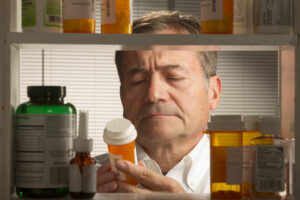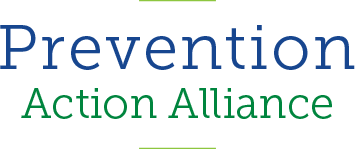
 Prescription drugs are meant to help us, but they can also harm us. When prescription drugs are misused, they can cause serious harm, even death, to those who misuse them. According to the National Institute on Drug Abuse, in 2017 an estimated 18 million people misused prescription drugs.
Prescription drugs are meant to help us, but they can also harm us. When prescription drugs are misused, they can cause serious harm, even death, to those who misuse them. According to the National Institute on Drug Abuse, in 2017 an estimated 18 million people misused prescription drugs.
Despite their beneficial effects, many prescription drugs also have negative effects, and the effects of overdosing can be fatal. As prescription drug misuse has increased, so have prescription-drug-related emergency room visits and overdose deaths.
Key Facts about Prescription Drug Misuse
- Prescription drug misuse is highest among young adults ages 18 to 25. 14.4 percent of this age group misused prescription drugs in the past year.
- Prescription drugs are one of the top drugs of choice among 12th-grade students, following alcohol, marijuana, and tobacco.
- Youth who use prescription drugs are also more likely to smoke cigarettes, engage in heavy drinking, and use illicit drugs, including marijuana and cocaine.
- Drug overdoses are a leading cause of injury-related death in the U.S. More than 67,000 people die every year from drug overdoses with 70% of those deaths due to an opioid drug.
- More than 80 percent of people ages 57 to 85 use at least one prescription medication daily and more than half take more than five daily. This increases their risk of those drugs interacting poorly with one another as well as their risk of accidentally taking one medication too often or of unintentionally misusing a drug.
Opioids—Prescription Pain Relievers
Opioids are a type of prescription drug that attach to opioid receptors in the brain to block the brain from sending pain messagesto the rest of the body. There are many kinds of opioids, including, but not limited to, methadone, oxycodone, and hydrocodone. Opioid pain relievers are the most commonly misused class of prescription drug followed by depressants and stimulants.
Anyone who uses prescription opioids can contract opioid use disorder. Other side effects include increased tolerance, dependence, sensitivity to pain, constipation, nausea and vomiting, sleepiness, dizziness, confusion, depression, low levels of testosterone, and itching or sweating.
Unfortunately, only one in four people who need treatment for opioid use disorder will get it, according to the American Psychiatric Association. Treating opioid use disorder can involve medication-assisted treatment, self-help programs, and cognitive behavioral therapy.
Prescription Drugs and You Public Health Awareness Campaign
Prescription Drugs and You is a public health awareness campaign by Prevention Action Alliance. The tagline, “Everyone has a role in prevention,” emphasizes our collective responsibility to safely use, secure, and dispose of prescription drugs. This campaign provides communities with the resources they need to raise awareness about the risks of prescription drug misuse as well as the behaviors needed to reduce those risks. It supports the protective factors in our communities and raises awareness about prescription drug safety.
Interested in utilizing these resources in your community? Shop our store using the button below.
If you’re concerned about you or someone else, get help at findtreatment.gov.
